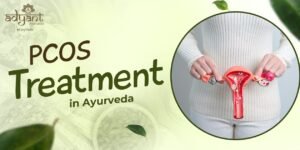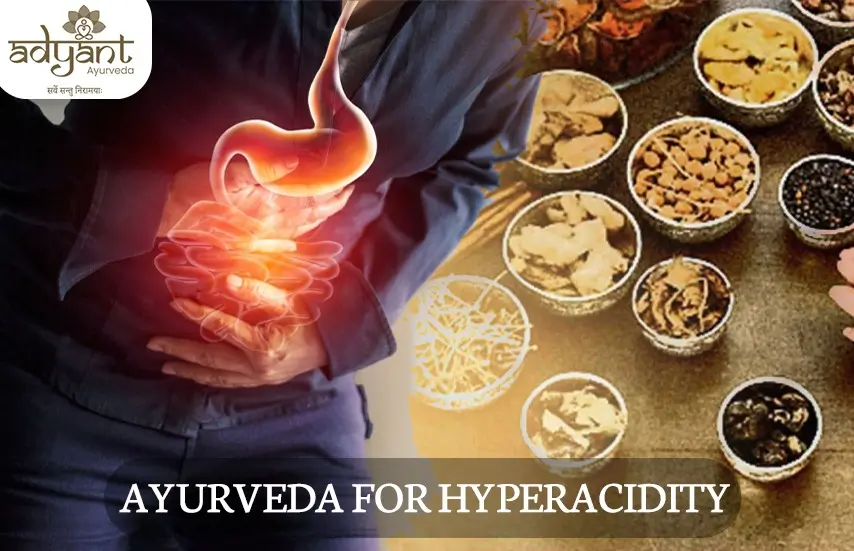Table of Contents
TogglePSORIASIS-AN AYURVEDIC PERSPECTIVE
Psoriasis is a skin disorder affecting 2-4% of people. It is a widespread skin disorder, usually the resultant of impaired immune system. It is a dry, inflammatory skin disorder. It is a long term, non-contagious skin disorder. Sometimes it is implicated as genetic but the possibilities are mostly due to the dysfunction of the immune system. Many a times, it may be associated with other medical conditions like diabetes, cardiovascular disorders or obesity. The change in appearance of external skin areas may also result in psychological issues for patients.
So, what are the types of psoriasis?
Psoriasis is of many types, the common one is called plaque psoriasis. The skin becomes red, itching and painful, the patches may be red or scaly in nature.
The other variety is called Guttate Psoriasis wherein there are small dot like lesions.
There are white blisters surrounded by red skin resulting in Pustular psoriasis.
Many a times long term psoriasis can lead to Psoriatic arthritis causing joint pain and swelling.
The nails may be pitted or discolored resulting in nail psoriasis.
Causes for Psoriasis
The causative factors may not be specific in most of the individuals, mostly it is the resultant of an immune system which has become overactive.
Many factors may act as triggering factors, winters, cold weather can worsen the existing condition. Sometimes alcohol and smoking habits can also be one of the triggering factor. It can be hereditary also. The different types of psoriasis can be resultant of environmental or genetic factors.
Understanding Psoriasis
Psoriasis is also called as autoimmune disorder. When the body s immune system starts to fight its own healthy cells or healthy skin cells which are mistaken as foreign bodies are attacked by body’s immune system. This leads to inflammatory changes in skin. It can run in families, sometimes gene mutations can increase risk of psoriasis, cold weather, many medications, most importantly stress can increase the disorder.
The skin cells start to multiply or grow quickly. This may result in patches which are thick and scaly. It may also appear as reddish dots in specific regions or all over the body.
Another variety of psoriasis localizes over the scalp causing itching and flaky lesions in scalp resulting scalp psoriasis.
Discoloration, itching, cracked feet can be observations in the variety of psoriasis called as Plantar psoriasis.
What does Ayurveda tell about Psoriasis?
All skin diseases in Ayurveda are discussed under the broad overview of “Kusta”. According to Ayurveda, all types of skin diseases are compiled under Kusta. Ayurveda explains about 18 types of kusta. Among these 18 types of kusta, Psoriasis can be correlated to Eka kushta or Kitibha kushta.
What are the causative factors for kushta?
Most of the causative factors for kushta are due to Virudha ahara or incompatible foods or Virudha vihara or incompatible lifestyle. Incompatible foods like fish and milk, mixing of curd and milk, unwholesome foods, suppression of natural urges can be trigerring factors for kushta.
Formation of kushta or premonitory signs of kushta
Some of the features which can suggest the formation of kushta are there may be excess or absence of sweating, itching or burning sensation, loss of sensation, elevated patch of skin, dryness of skin, ulcers , blackish discoloration etc.
Kushta according to Ayurveda is classified into 18 types, and further classified into Maha kusta and Kshudra kushta. Also, the features based on shape and appearance is described. Kushta is classified according to the awastha or stage of the disease and the extent to which it has spread like Dhatugata awastha etc.
Based on the similarity Both Ekakushta and Kitibha kushta can be clinically correlated to Psoriasis.
Lets discuss about Kitibha kushta as described in Ayurveda.
Kitibha kushta is described as appearance of lesions which are blackish or brownish or ash colored, on touching , they appear to be rough, resembling the scar of a wound, the nature of these lesions are dry and hard.
Now let’s discuss about the description of Ekakushta
It is also termed as Charma kushta, the appearance of ekakushta is described as looking like the outer layers of fish, scaly , very thick and hard, sometimes rough like the the skin of elephant. The lesions are having lack of sweating.
Both these are very much similar to Psoriasis. They also can go deeper entering the Dhatugata awastha, causing damage to the deeper tissues. The deeper Dhatus like asthi or bones, Mamsa or muscles and Sandhi or joints can be involved. This can be correlated to Psoriatic Arthritis.
So, what is the line of treatment for psoriasis in Ayurveda?
Ayurveda mentions in detail about the line of treatment for all types of kushta as
Nidanaparivarjana
Shodhana
Snehana
Swedana
Raktamokshana
Lepana
Shamanoushadha
Lets discuss in detail about the line of treatment
Nidanaparivarjana –Nidana are the factors which are the causes for the skin disease , various factors like virudha ahara or incompatible foods, Virudha vihara or incompatible lifestyle, Stress and tensions can be the causative factors for kushta. So the first line of treatment is to understand the causative factors and making a change in the diet and lifestyle pattern to eliminate the nidana or causative factors.
Panchakarma Shodhana- or cleansing therapies.
These come under five major categories
Vamana- therapeutic vomiting
After a detailed assessment of the dosha involved, predominantly Kapha dosha the therapeutic approach to eliminate it is through the upper route, in the form of medicated emesis.
A proper pre preparation is done through Deepana and Pachana.
Snehapana with appropriate medicated ghee is done as internal oleation.
Then external oleation is done by Snehana and swedana or sudation.
Then kapha vridhi ahaara is suggested previous to the procedure.
In the morning on an empty stomach, vamana or mediacted vomiting is induced to eliminate the aggrevated doshas.
Role of Virechana for Psoriasis
This is specifically administered to eliminate the aggrevated Pitta dosha.
Similar to the vamana procedure, here also, the body is preprepared for the procedure.
Initially, Deepana and Pachana is done to correct the metabolism.
Then abhyantara snehana or internal oleation is done using medicated ghritam or tailams.
The next stage is the process of Bahya snehana or external oleation
On the Virechana day, Purgative medicines aregiven in the morning, to eliminate the aggrevated doshas through the lower route.
Raktamokshana- Medicated blood letting is done to eliminate the dushita rakta dosha either at the site of lesion or in the nearby areas. It is done by the means of Jalouka or medicated leeches or Siravyadha, or venipuncture, aiding in the faster recovery and healing of the lesion.
Lepana-Application of medicated pastes or churnas at the site of lesions based on the condition is most beneficial as a local healing of lesions and is symptomatically palliative.
Shamanoushadha-Various medications both herbal and herbomineral preparations in the form of kashayams or vatis or bhasmas etc are prescribed as palliative care.
A wide array of approach giving wonderful results in the cases of psoriasis can be benefitted through Ayurveda!!
Benefit and heal the natural way!!







